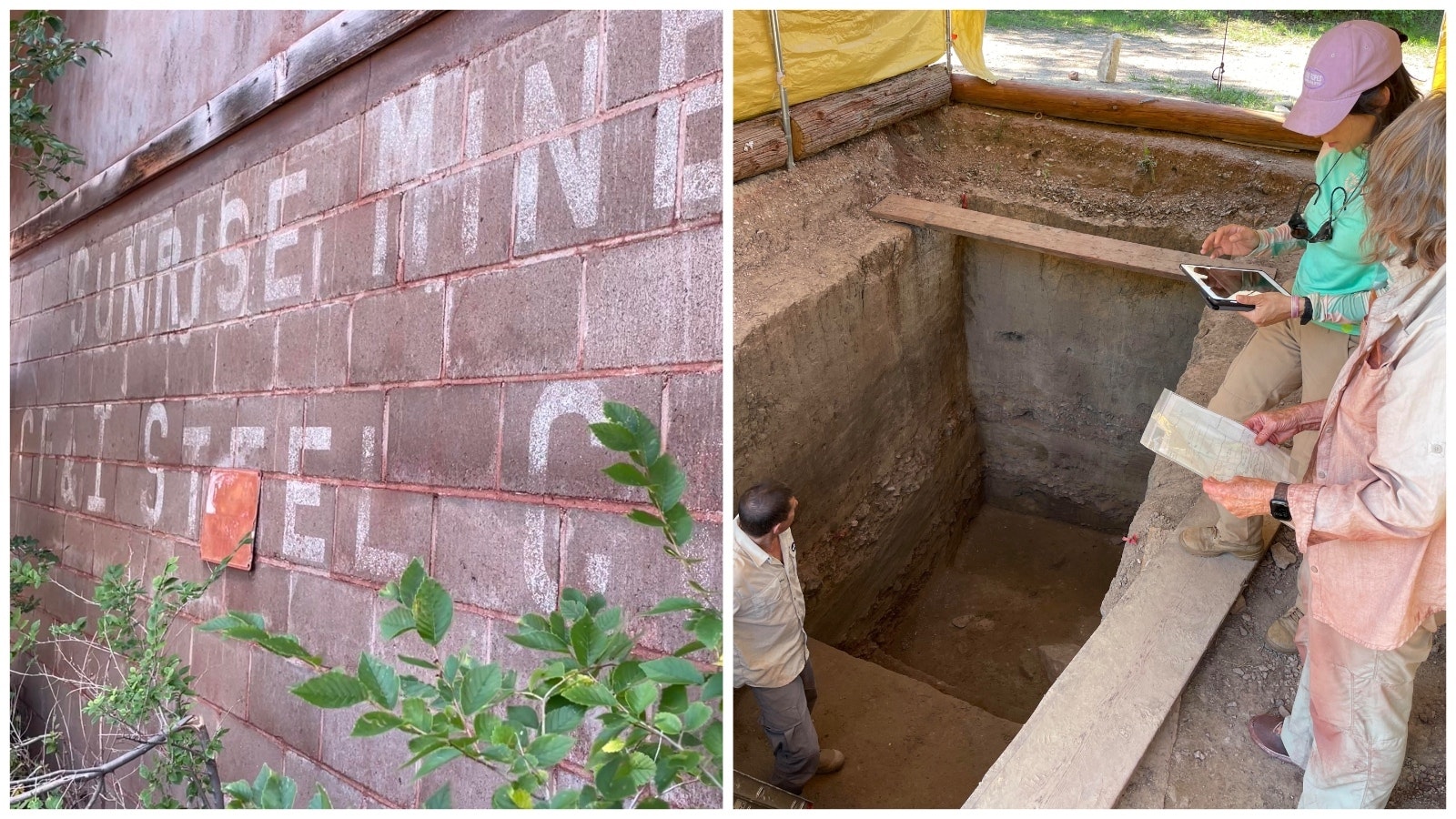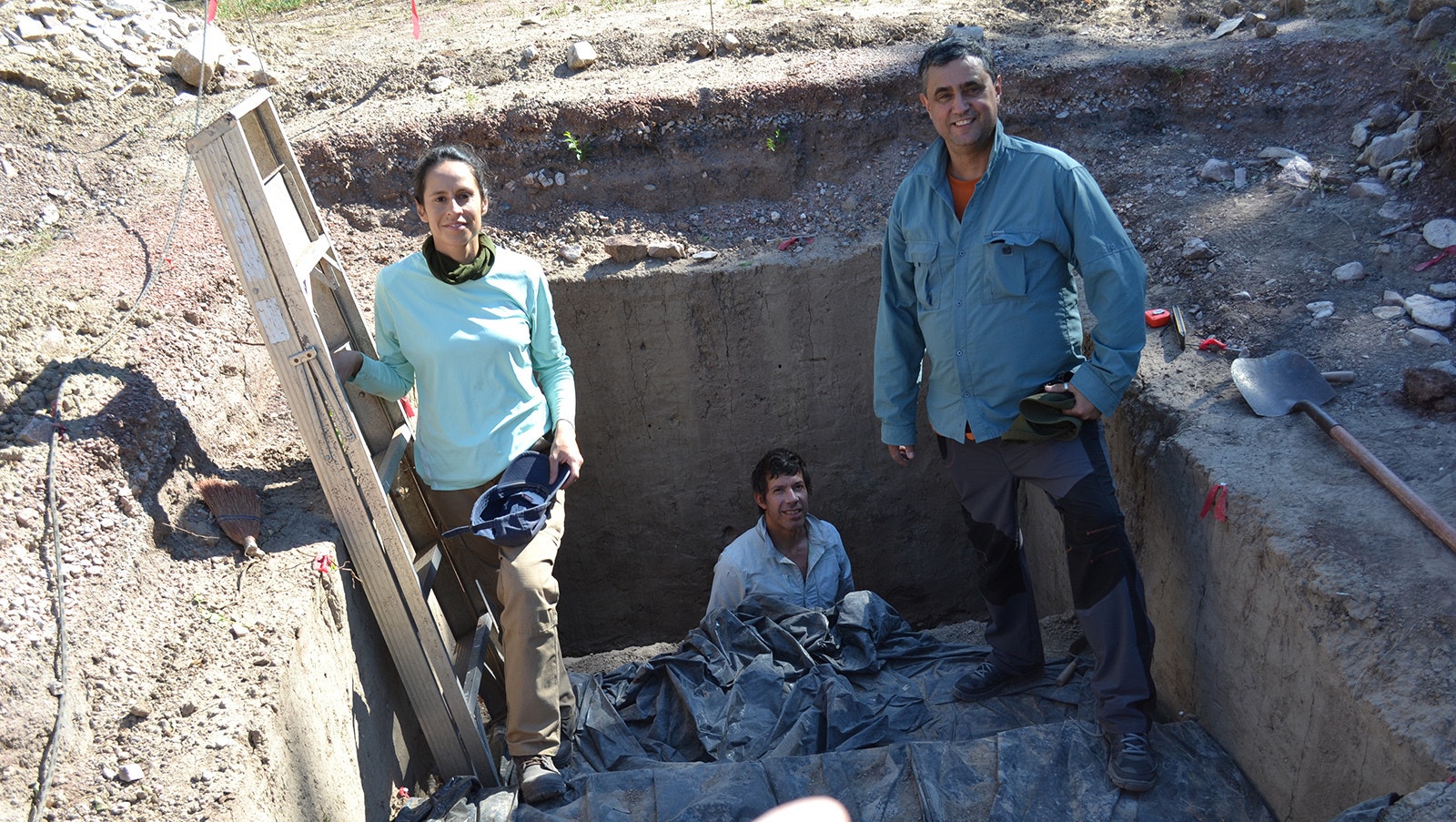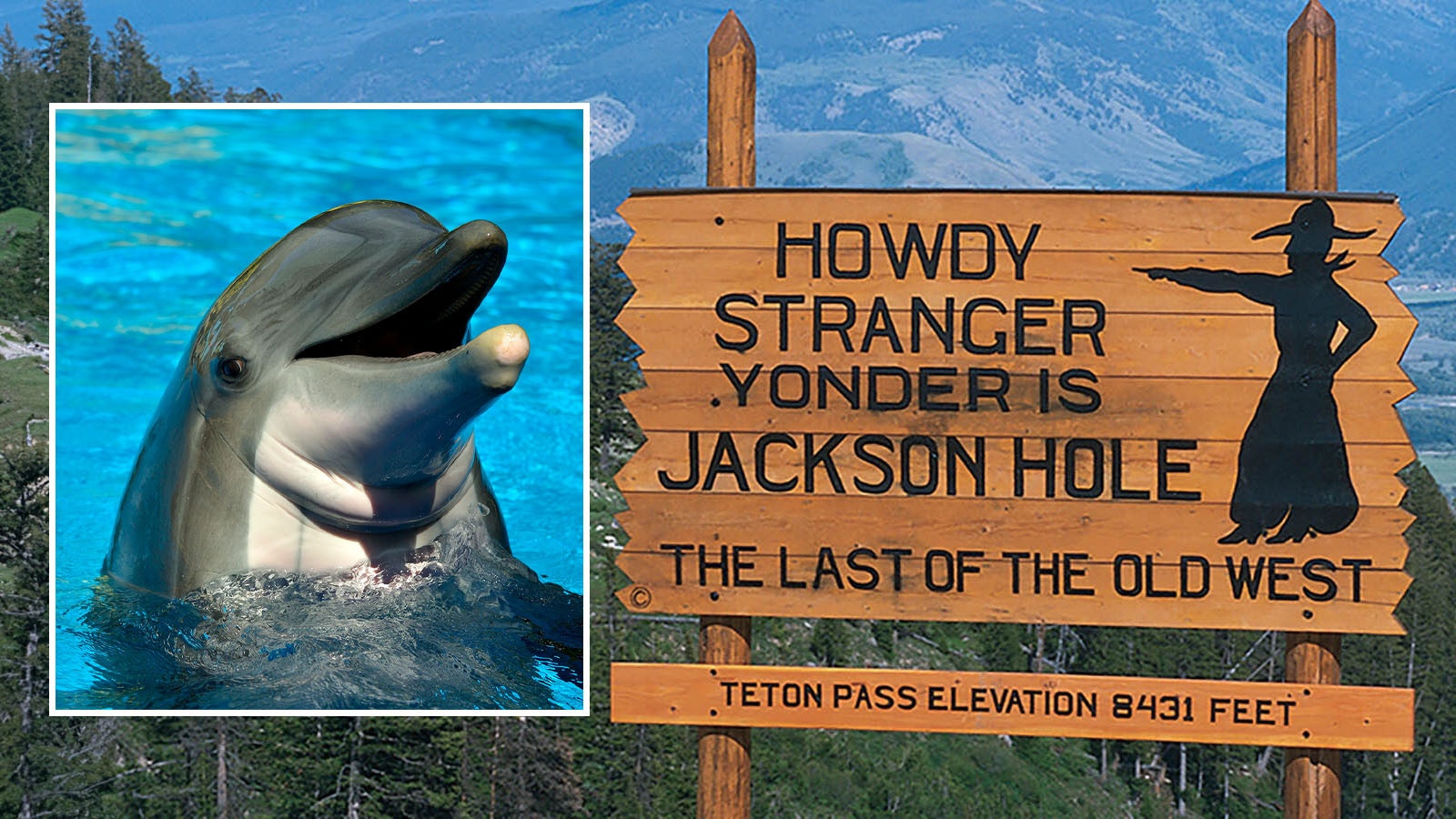When George Zeimens was studying to be an archaeologist, the world was convinced that Clovis man was the earliest sign of humans in North America.
Now, decades later, he’s leading an archaeology dig on the Powars II Paleoindian site in Sunrise, Wyoming, that’s one of a handful of sites in North America that are rewriting that bit of history. The site is one of few where researchers say they’ve found artifacts that predate Clovis man.
The oldest to date found in Sunrise is now 16,000 years old, Zeimens told Cowboy State Daily, beating a previous find that had been dated to 14,000 years old. That makes it the oldest Paleoindian artifact found in the Western High Plains.
Zeimens said the dating relied on two different techniques, radiocarbon dating and another called optically stimulated luminescence, or OSL.
The latter was developed in the 1950s to date fired archaeological materials, such as ceramics, but it can also be applied to sediments surrounding a buried artifact.
It works by measuring the amount of stored radiation in the mineral grains surrounding an artifact. The amount of radiation still stored by the mineral grains is related to how long ago they were last exposed to sunlight or intense heat. That makes it a gauge of when something was buried, going back to 150,000 years or so.
It is considered less accurate than radiocarbon dating but can reach further back in time. Radiocarbon dating relies on the radioactive decay of Carbon 14, which happens at a predictable rate in organic materials. The amount of Carbon 14 is compared to the amount of Carbon 12, and the ratio indicates the age of the material.
The method only goes back to 50,000 or so years, though, due to the short half-life of Carbon 14.
To date an inorganic artifact, like a stone tool, the technique relies on surrounding organic materials, like charred plant remains, bones, or shells, that exist in the same deposit layer as the tool. They would have been deposited in roughly the same timeframe, giving an idea of how old an artifact is.
“The two dates from both methods just fall right on top of one another,” Zeimens said. “So, what we’ve got here are the oldest dates associated with artifacts on the Western High Plains.”
That adds Wyoming to a handful of sites in North America where archaeologists have a chance to learn something entirely new about the history of mankind in America.
“There’s a site in Texas where they’ve got dates that are also older than Clovis,” Zeimens said. “And there are some sites back east that are dating back to 15,000, 16,000 years or more. But this is the first site for the Western High Plains.”
Who Was Clovis Man?
Clovis man got its name from distinctive, fluted points found in Clovis, New Mexico in the 1930s, along with the bones of extinct mammoths that once stood 14 feet high, weighed 8 to 10 tons and ate 700 pounds of vegetation every day.
Archaeologists concluded, based on the points found at the site and the corresponding marks on the mammoth bones, that Clovis man had hunted mammoths.
Beyond that, however, little is known of Clovis man, even to this day. That’s because cultural materials like clothing are rarely preserved, leaving many pieces of the puzzle unknown and unknowable.
Scientists have theorized that Clovis man were hunter-gatherers who came to North America from Asia, by way of the Bering land bridge, between 13,050 to 12,750 years ago.
So far, Zeimens and other researchers working at the site have found 200-some points. They have a similar appearance to Clovis points, with some distinct differences. Because of those differences, they are being called Sunrise points by the researchers working there.
One working theory has been that the Sunrise points could be a precursor to Clovis points.
But, without a solid date for the points, it’s impossible to reach any conclusions.
So, that is among the most important of efforts at the site right now, to uncover points from undisturbed layers that can be dated.
Zeimens is hopeful that the Sunrise site will eventually make a significant addition to the history of early man in North America, even if it’s not within his own lifetime.
“We still don’t know where (Clovis Man) came from,” he said. “There are different theories about that. And it’s starting to look like there were different routes where people came in, instead of just that one route from the north. There were people coming in from South America from different islands by boat. So, there’s just a whole thing about the (early) people in the Americas that is changing rapidly.”
The Oldest Tools Found So Far
The stone tools older than Clovis man that have been found so far include what are called “bifaces,” which are pieces of rock with stonework on both sides of the rock. It’s a preliminary stage in the process of turning a stone into a useful tool, such as scrapers or knives, or into a projectile point.
They have also found some finished scrapers, as well as debris — stone flakes left behind from the process of creating stone tools.
What is so far eluding researchers at the site is a finished projectile point that can be dated.
While 200 or so projectile points have been found at the site so far, these were found in layers that had been disturbed by iron mining that took place at the location in historic times, starting in 1898.
Co-principal investigator Bruce Bradley has examined the points that have so far been found and concluded that the method used to manufacture these points is different enough from Clovis to justify a different name.
“We don’t know where that fits yet, because we don’t have any dates on the points,” Zeimens said. “Everything was mixed where we found those points, because one group would come in after another and dig. And then another group would come in later and dig through there.”
That prompted researchers at the site to shift to a new location, one where they could get to undisturbed layers of deposits. Shifting locations led to the discovery of another, older red ochre mine, as well as artifacts predating Clovis man.
“The plan this year is to just keep digging,” Zeimens said. ‘We’ve got some of our professional colleagues from about six different foreign countries coming in to help this summer. There’s a lot of international interest in this site. It’s the only early man, red ochre mine we know of in North America, so it’s a chance to learn something new about these people.”
Other locations in North America have early man bison kill sites, and early man campsites, Zeimens added. But Wyoming’s early man red ochre mining site is so far unique.
What Is Ochre?
Ochre is a clay-like substance with enough mineral to create a pigment that can be used like a paint. It comes in many different mineral colors, and its presence isn’t uncommon in Paleoindian societies. Ochre mines attracted many early cultures, who sought these materials for decorative, ceremonial, and practical purposes.
Red ochre, which is colored red thanks to iron content, has been found in graves, caches, campsites, hide-working implements, and kill sites. It could also be used to make jewelry and even sunscreen.
Zeimens said the presence of projectile points at an ochre mine is curious in and of itself.
“What are they doing at an ochre mine?” he said. “They don’t belong there.”
What he’s observed suggests there could have been a ritual component to their presence.
“They were instantly packed in red ochre and left up there,” Zeimens said. “So, it’s a lot of ritual stuff going on. We’ve got to address that, and it’s part of what makes the site so exciting and interesting.”
It’s rare, Zeimens added, that researchers get a peek inside the cultural practices of early man. More often than not, those were likely to involve organic materials that decay too quickly to be found.
That’s another reason why the site is attracting so much interest from researchers around the world, and it’s also part of what has led to the development of a field archaeology school at the site as well, led by Eastern Wyoming College. That effort dovetails with a push to boost the tourism value of the site.
Zeimens is particularly excited about that, as well as the upcoming annual tour on June 28, when Sunrise is open to the public at large, as part of a fundraiser to support the work taking place there.
“We’ve got a lot of people who are experiencing archaeology for the first time,” he said. “And what a site to do it on. All that stuff doesn’t just belong to professionals. It’s part of everybody’s heritage. And so, everybody should have a chance to see and learn from it and enjoy it.”
Renée Jean can be reached at renee@cowboystatedaily.com.











